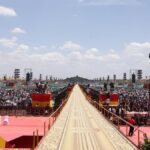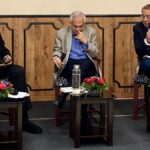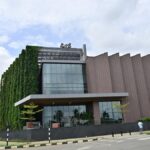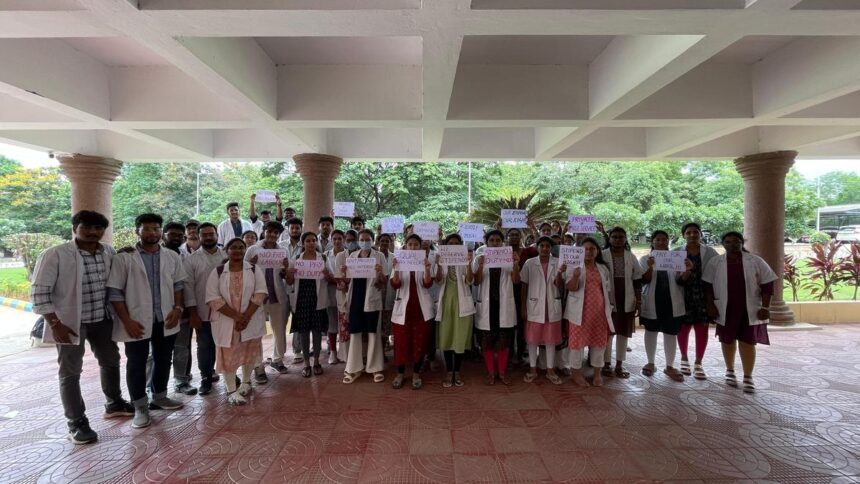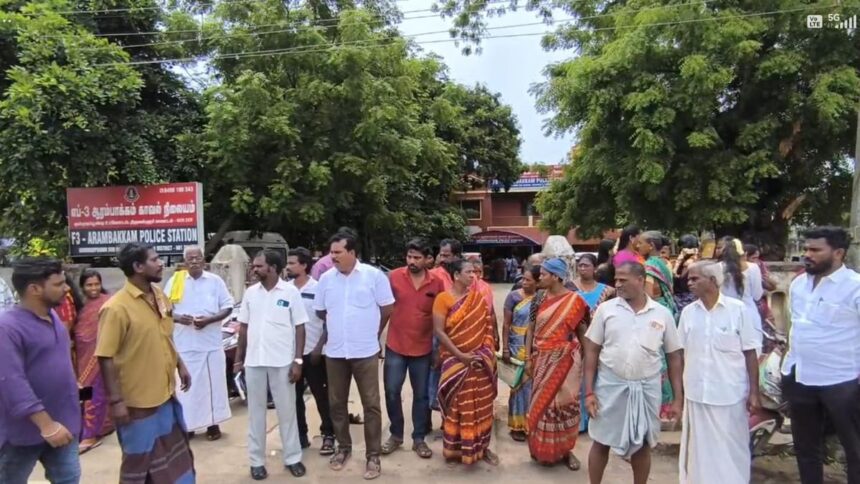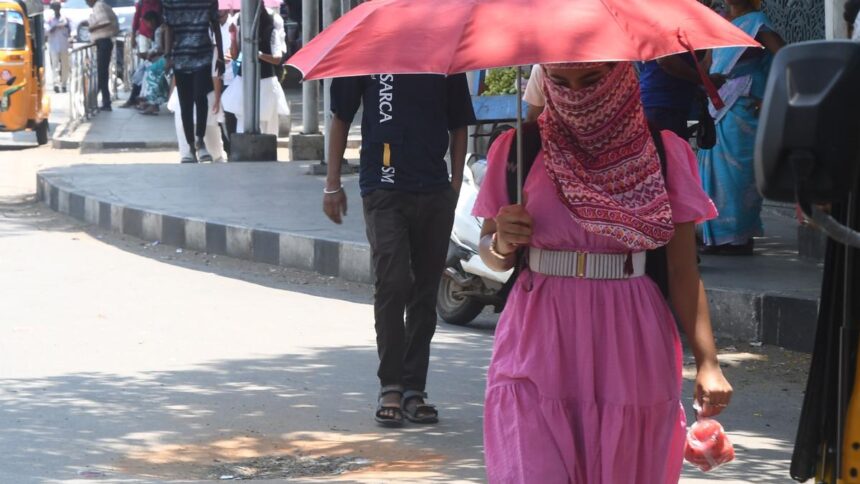
The poems have been birthed over two years across multiple cities.
| Photo Credit: Getty Images
If you are a fan of the dialogic epistolary novel, where a story unfolds through an exchange of letters between two characters, or the jugalbandi in Hindustani classical music, where two performers create a unique blend with their individual styles, do consider reading poets John Kinsella and Jeet Thayil’s new book The City Under the City. It is a compendium of what they refer to as “call-and-response poems”, birthed over two years across multiple cities.
The collection is dedicated to “cities that have welcomed us and turned us away”, without allowing the specifics of autobiographical information to meddle with the reader’s enjoyment. Bombay, New York, Perth, Amsterdam, Dhaka, Rome, Edinburgh, Jaffna, Wellington, Zurich, Paris, London, Galway, Johannesburg are among the cities that find a mention. On the one hand, this geographical expanse feeds the notion of the poet as a global citizen. On the other hand, it also underscores how the literary life creates opportunities for writers to travel and engage with unfamiliar worlds.
The two poets push readers to open their eyes and see what the urban landscape has to offer beyond cement and concrete, loss and loneliness. In a poem titled ‘Dead Fingers’, Thayil writes, A blood moon pours raw honey/ over the dry land. The image is tantalising because of the sudden burst of beauty and softness it evokes.
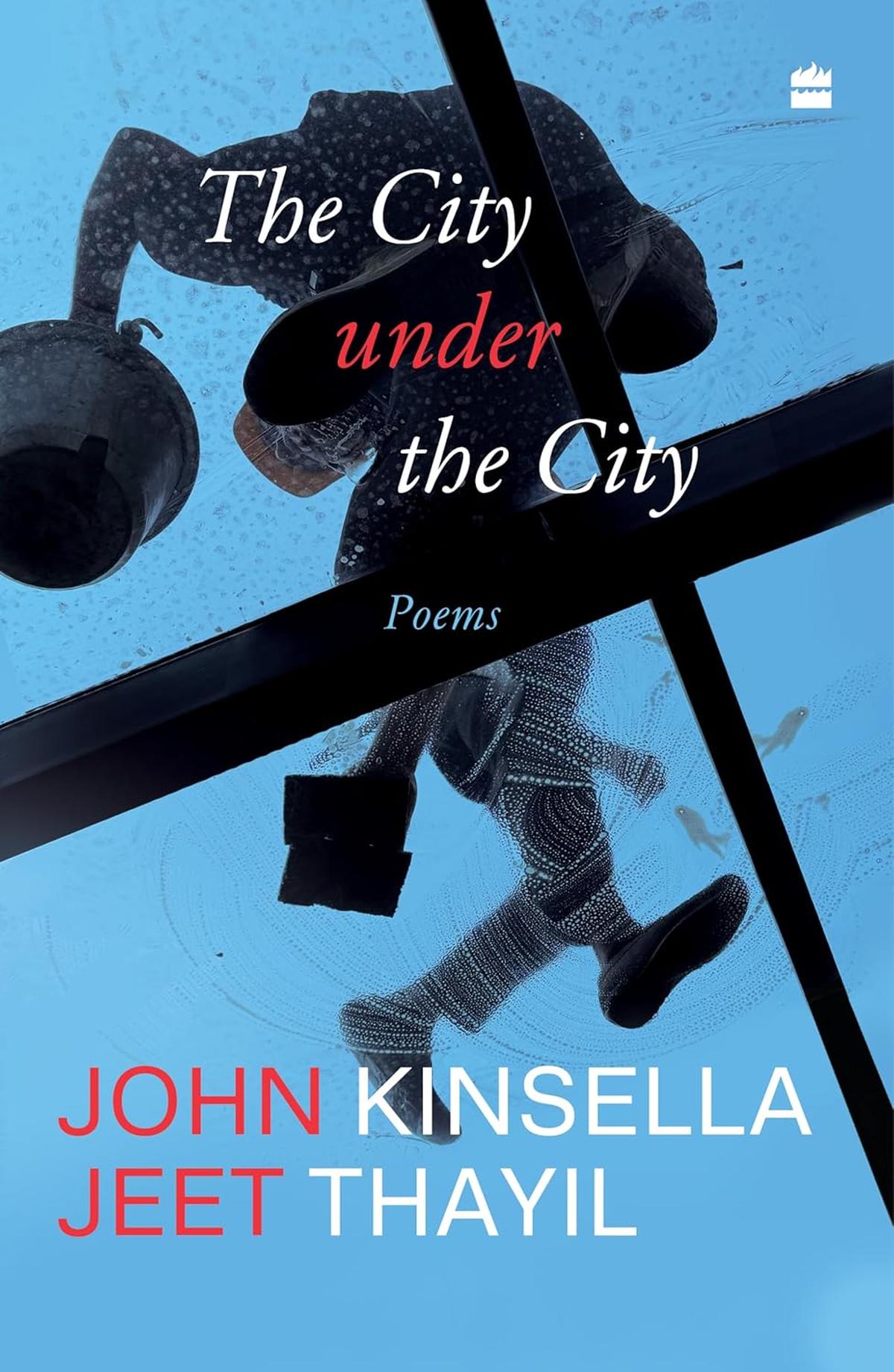
In ‘How Many Shopping Days Before Christmas?’ he writes, Rain collapses into mud-red,/ like a butcher’s soufflé, goading the reader to dispense with old metaphors for natural phenomena. In ‘Beckett Bridge’, he recalls long walks always at night along the river Seine to relish streets sacred in their emptiness after the buzz of tourists and office workers in the daytime has died down.
Rare experiment
In a poem titled ‘Small City’, Kinsella writes, The shadowed garden/ is full of insects and birds./ The small buildings in the garden/ hold echoes and prayers. The desire to experience life outside a narrow anthropocentric universe resurfaces in his poem ‘Reconfiguring Geometrics’, where he writes, I think we all have to conjure the gall/ to rethink what a city will be. With Kinsella’s “wish for a forest”, one cannot help but think of what town planning in the future might look like if poets were invited to be a part of the brainstorming process.
Thayil was born near the river Muvattupuzha in Kerala. Kinsella, born in Perth, is a vegan, environmental activist and scholar, and an advocate for the land rights of indigenous people. His home is on Ballardong Noongar land at ‘Jam Tree Gully’ in Western Australia. These significant aspects of both poets’ lives are reflected in the poems gathered here.
Poetry collections rarely carry footnotes or bibliographies, which are considered the domain of scholarly research. However, this book delights with the plethora of intertextual references woven into verse, including writers such as Eunice de Souza, Andrew Duncan, Samuel Beckett, Simone de Beauvoir, Daniel Defoe and Ezra Pound.
What one misses, however, is an introductory essay offering a glimpse of how the collaborative project came into being, was sustained, and then shaped into a book. One hopes that publishers will let go of limiting beliefs, and venture more confidently into such literary experiments that give readers a chance to be surprised by what words can do.
The reviewer is a journalist, educator and literary critic.
The City Under the City: Poems
John Kinsella and Jeet Thayil
HarperCollins
₹499
Published – July 04, 2025 07:00 am IST



